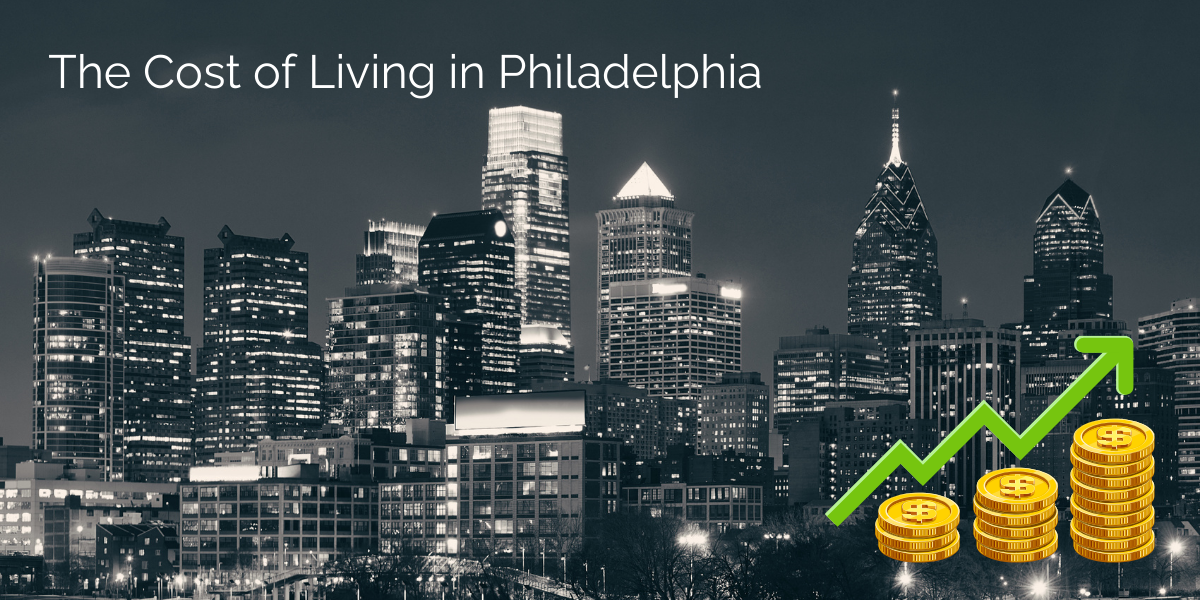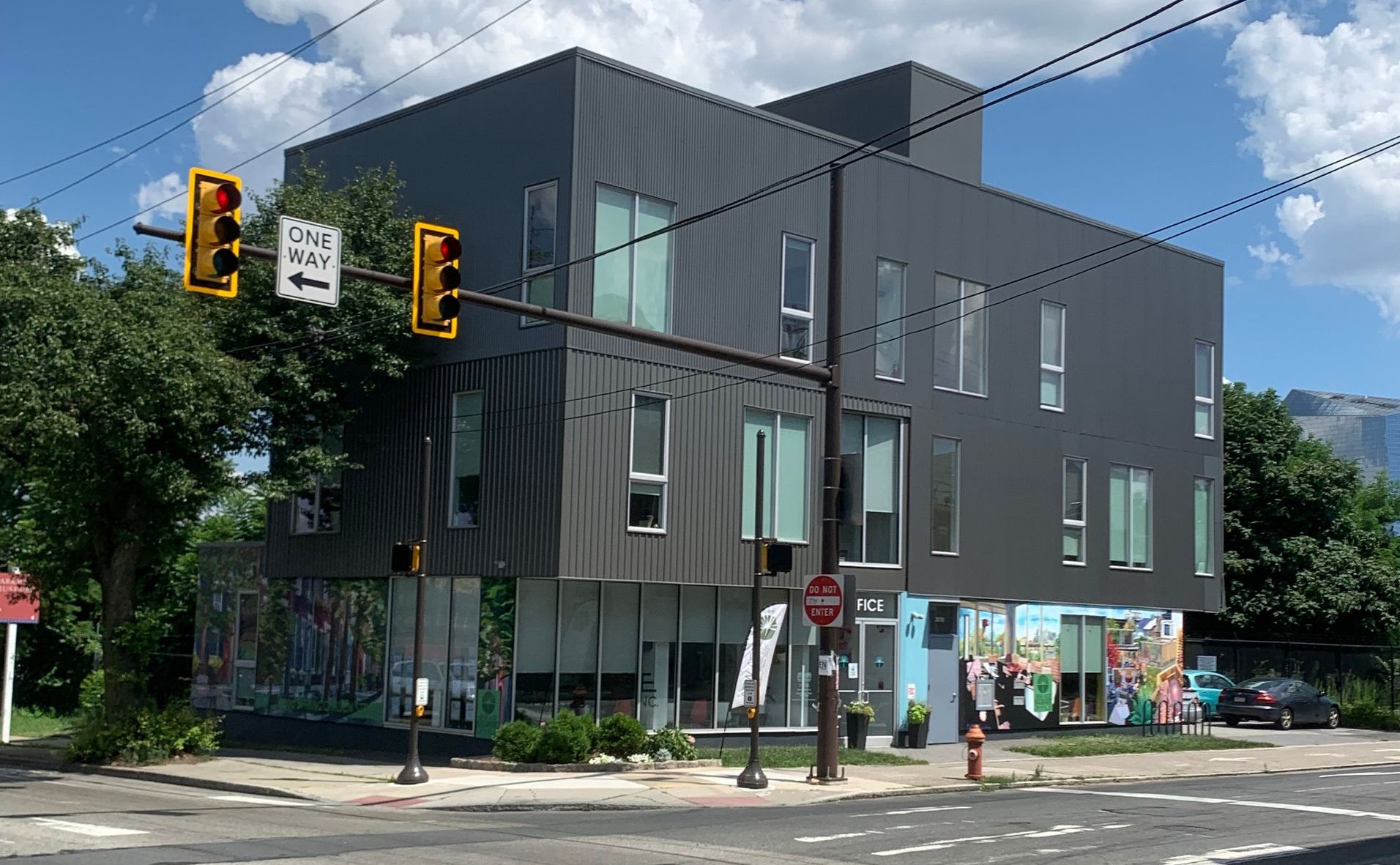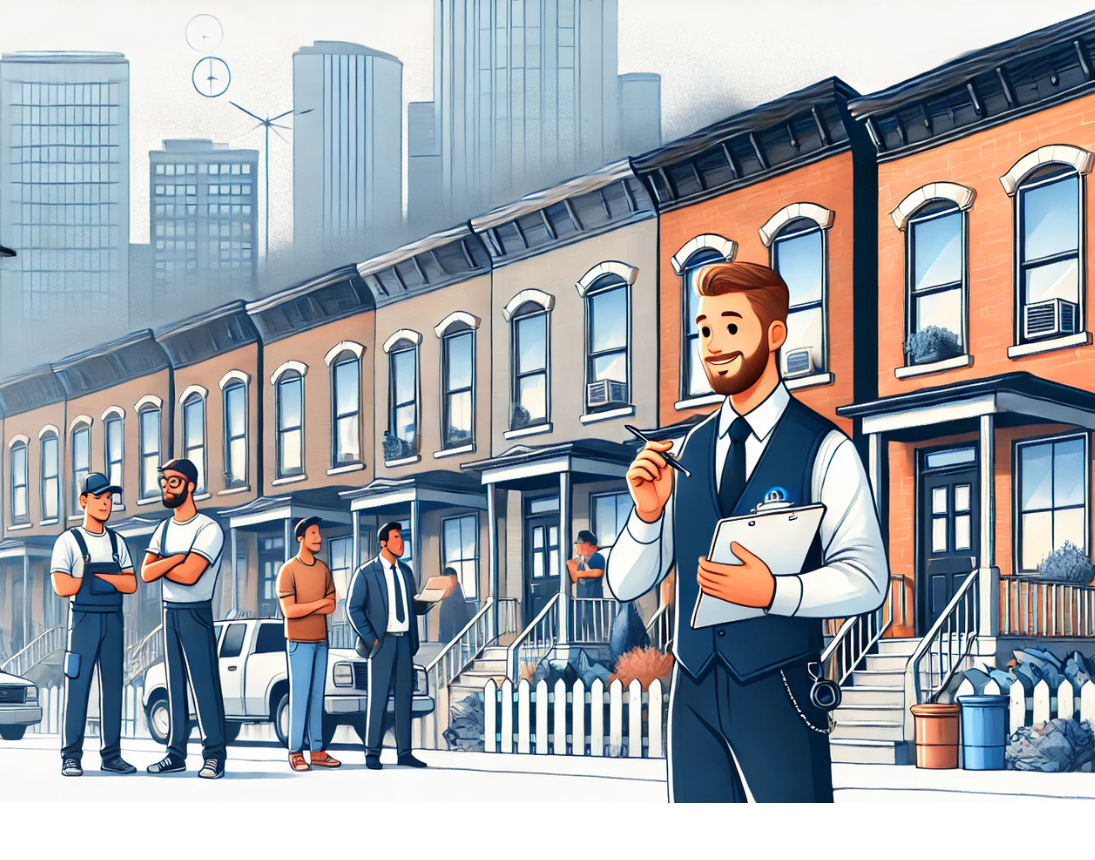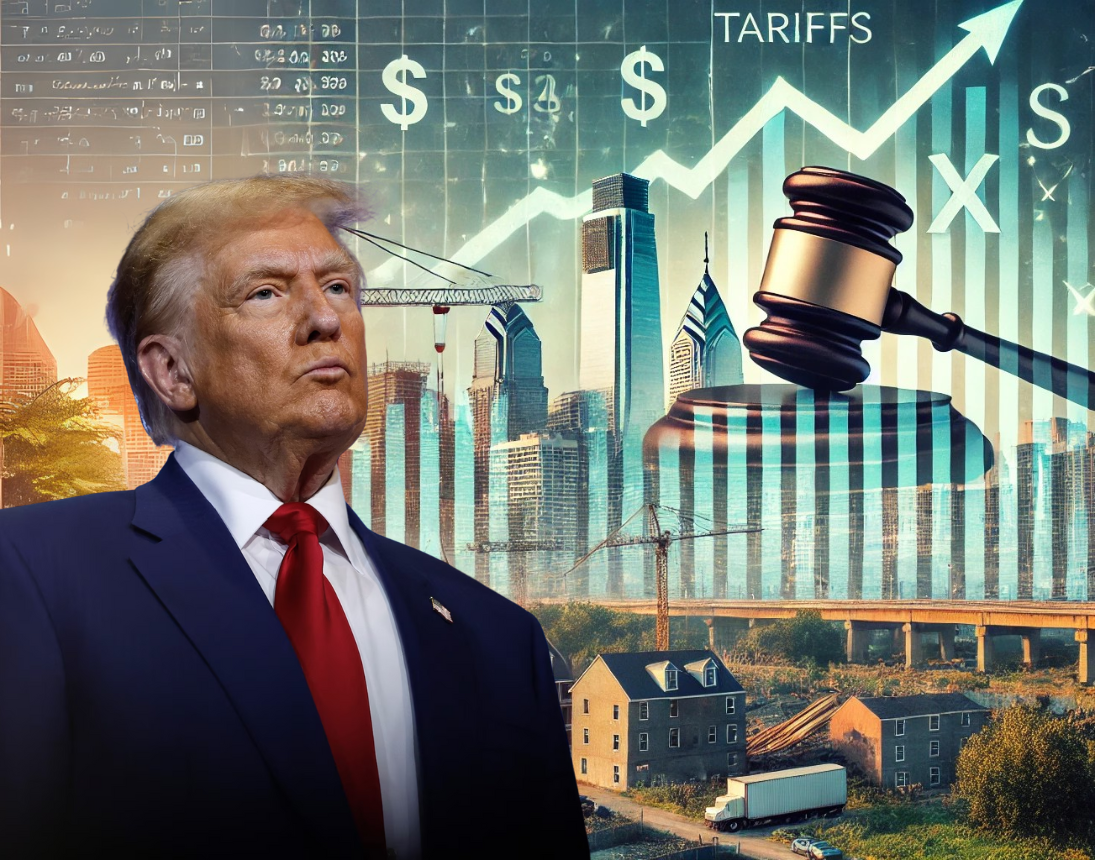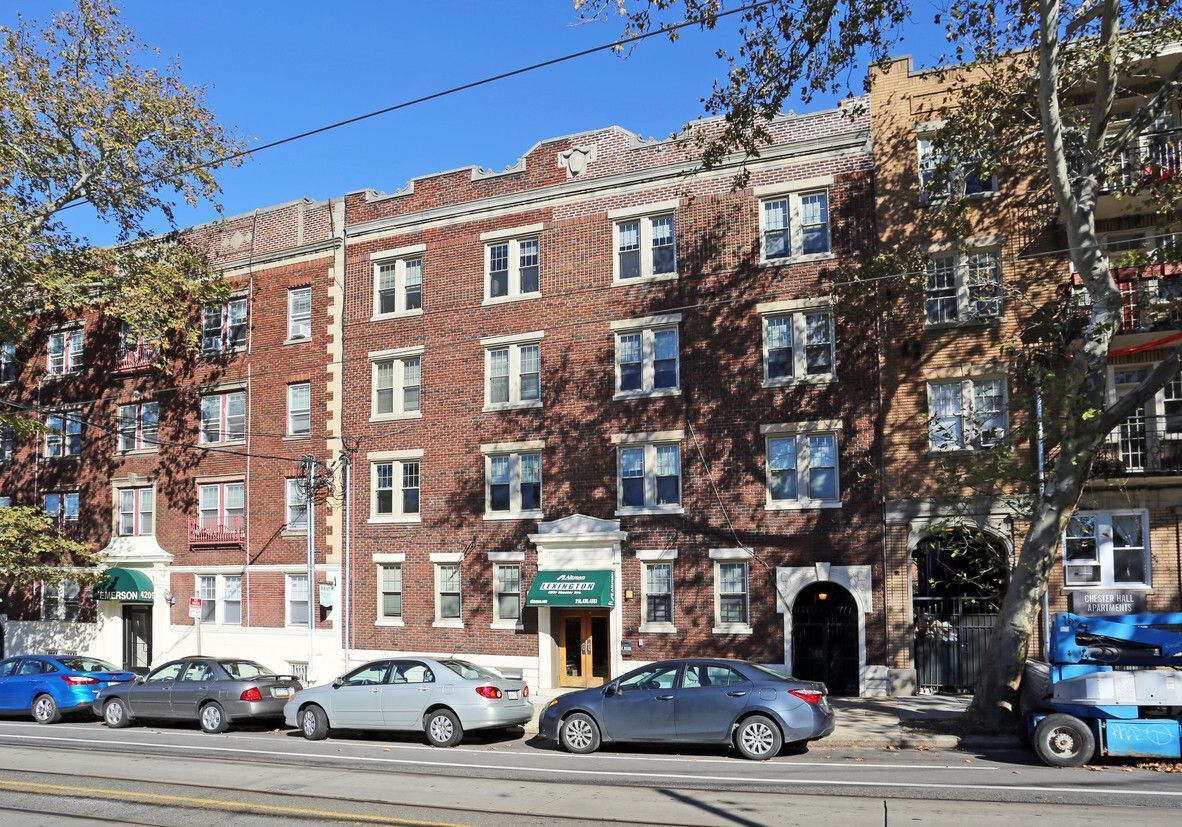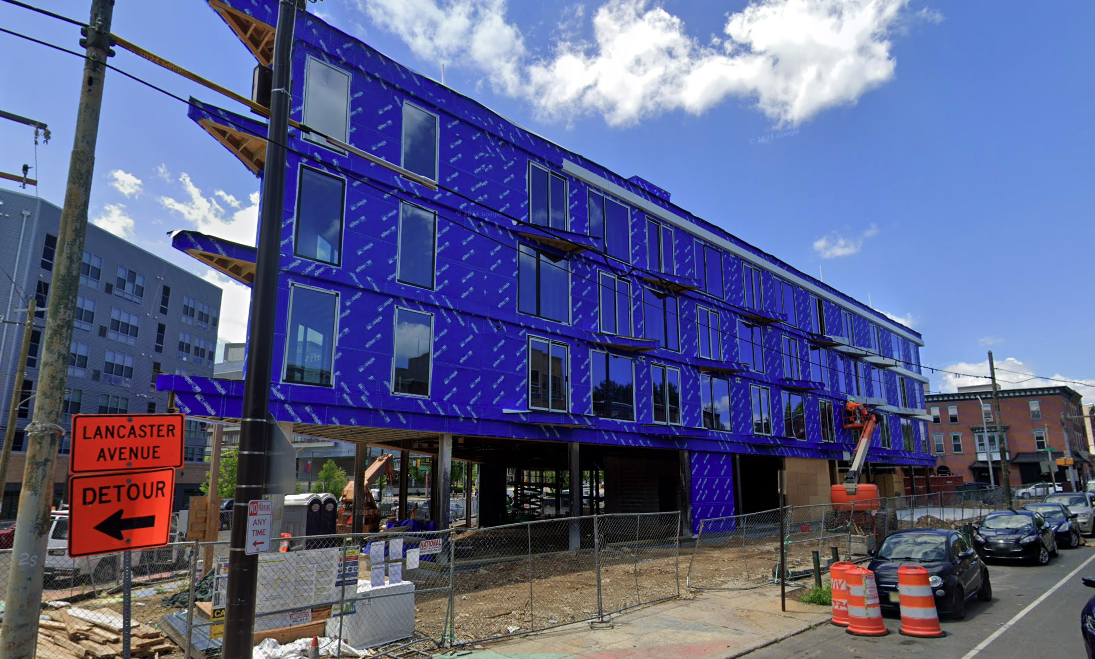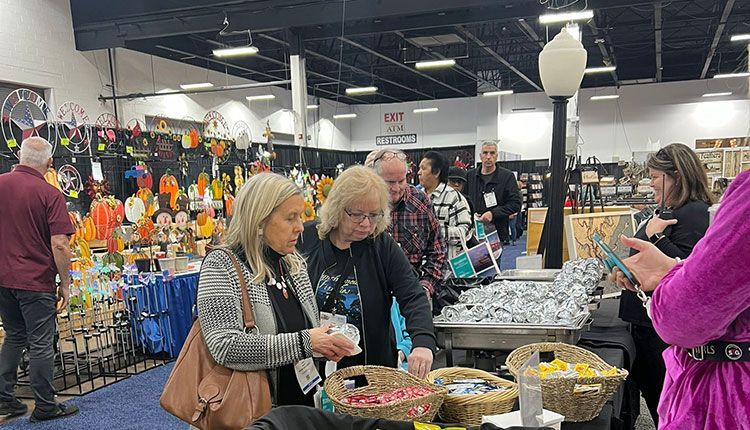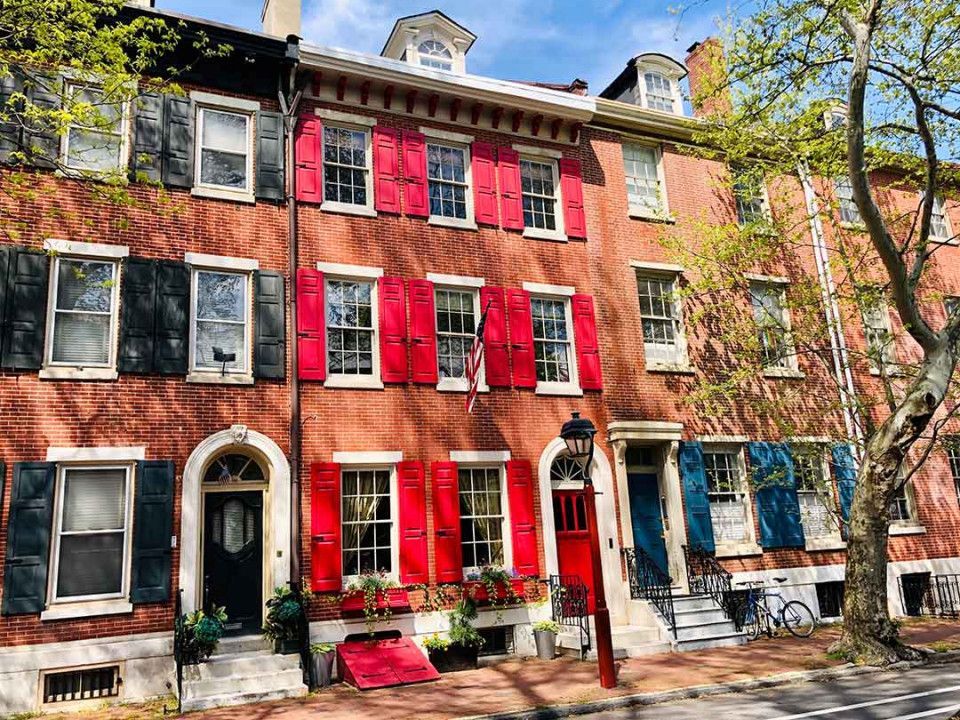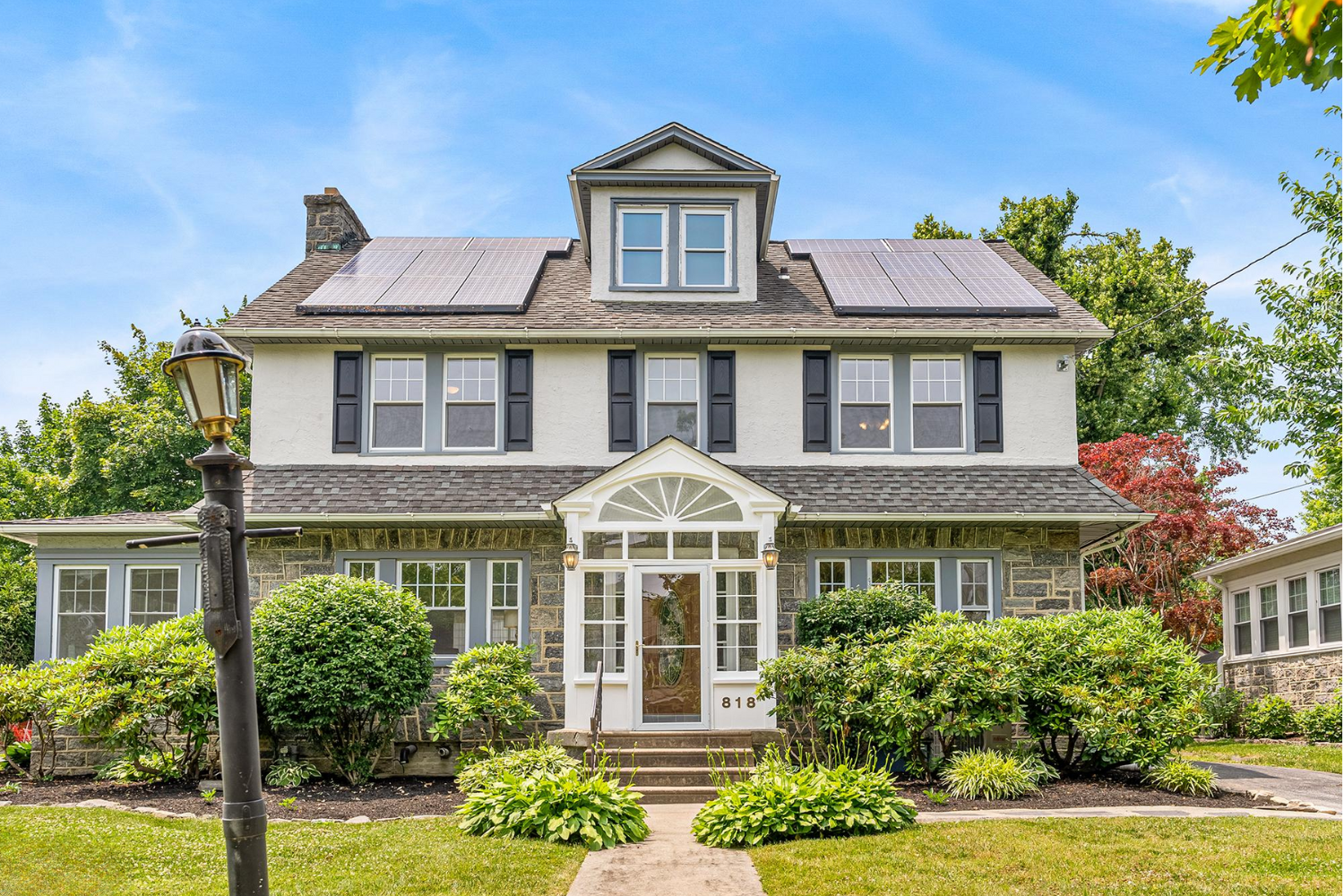Housing
Renting in Philadelphia
The cost of housing in Philadelphia varies significantly depending on the neighborhood. For instance, the average rent for a one-bedroom apartment in the city center is around $1,908.45 per month, while outside the city center, it drops to approximately $1,314.37. For those looking for more space, a three-bedroom apartment in the city center costs about $3,177.36 per month, whereas outside the city center, it averages $2,104.38.
Buying in Philadelphia
For those interested in purchasing property, the median home price in Philadelphia is about $450,913. This is quite affordable compared to cities like New York or San Francisco. According to Zillow, the average home price in Philadelphia is approximately $220,168, making it a relatively affordable option for homebuyers.
Transportation
Transportation is a critical aspect of living in any city, and Philadelphia offers a variety of options to get around, whether you prefer public transit, cycling, driving, or walking. The city’s transportation infrastructure is robust, catering to both residents and visitors alike. This section will delve deeper into the transportation costs and options available in Philadelphia, providing a comprehensive overview of what to expect.
Public Transportation - SEPTA
Philadelphia’s public transportation system is managed by the Southeastern Pennsylvania Transportation Authority (SEPTA). SEPTA is one of the largest and most comprehensive transit systems in the United States, serving Philadelphia and the surrounding counties. The network includes buses, subways, trolleys, and commuter rail lines.
Cost of Public Transportation
- Single Ride Fare: $2.50
- Weekly Pass: $25.50
- Monthly Pass: $96.00
SEPTA offers a range of passes that can save frequent riders money. The weekly and monthly passes are particularly beneficial for daily commuters, providing unlimited rides on all SEPTA services within the specified period.
The SEPTA Key Card is an electronic fare payment system that offers convenience and ease of use. Riders can load money or purchase passes on their Key Card, which can be used across all SEPTA services. This system eliminates the need for cash and paper tickets, streamlining the travel experience.
SEPTA’s coverage is extensive, with numerous routes crisscrossing the city and connecting to suburban areas. Key lines include:
- Market-Frankford Line (Blue Line):
Running east to west, this subway line connects Northeast Philadelphia to the western suburbs.
- Broad Street Line (Orange Line): Running north to south, this line connects North Philadelphia to South Philadelphia, passing through Center City.
- Regional Rail Lines: These commuter rail lines extend far into the suburbs, offering access to areas like Doylestown, Media, and even parts of New Jersey.
SEPTA also provides services for individuals with disabilities, ensuring that public transportation is accessible to all residents.
Cycling
Philadelphia is increasingly becoming a bike-friendly city, with numerous bike lanes, trails, and a popular bike-sharing program called Indego.
Indego offers both classic and electric bikes, with over 100 stations located throughout the city. It provides an affordable and environmentally friendly way to get around.
Indego Pricing
- Guest Pass (24 Hours): $15.00
- Indego30 Pass (30 Days): $20.00
- Indego365 Pass (Annual): $156.00
Philadelphia boasts several dedicated bike lanes and scenic trails, making cycling a convenient and enjoyable mode of transportation. Key routes include:
- Schuylkill River Trail: This popular trail runs along the Schuylkill River, offering a scenic route through the city.
- East/West on Pine and Spruce Streets: These streets have protected bike lanes, making it safer for cyclists to navigate.
- North/South on Delaware Avenue: Connecting South Philadelphia to Fishtown, this route is ideal for commuting and leisure rides.
Driving
For those who prefer driving, Philadelphia’s road network is extensive, although traffic can be challenging during peak hours. Parking can also be an issue in densely populated areas like Center City.
As of the latest data, the average price of a gallon of gas in Philadelphia is around $3.71, which is slightly above the national average.
Parking costs in Philadelphia vary widely depending on the location. In Center City, parking can be quite expensive, with hourly rates ranging from $3 to $6 and daily rates often exceeding $20. Monthly parking rates in prime areas can range from $150 to $300.
Philadelphia is surrounded by several toll roads, including the Pennsylvania Turnpike and the Delaware River bridges, which can add to the cost of driving, especially for commuters from the suburbs.
Walking
Philadelphia’s compact and walkable urban core makes it ideal for pedestrians. Many of the city’s attractions, restaurants, and shops are within walking distance of each other, particularly in neighborhoods like Center City, Old City, and South Street.
Philadelphia ranks high in walkability among major U.S. cities. The grid layout of the streets, coupled with pedestrian-friendly infrastructure, encourages walking as a primary mode of transportation for short distances.
Taxis and Ride-Sharing
For those times when public transit or biking aren’t convenient, Philadelphia offers a range of taxi and ride-sharing services, including Uber and Lyft.
Taxi Fares
- Base Fare: $6.00
- Per Mile: $3.42
Ride-sharing services are widely available and often more affordable than traditional taxis, especially for longer trips. These services offer the added convenience of app-based booking and payment.
Taxes
Another important consideration is the tax burden. Philadelphia has a combined sales tax rate of 8%, which includes a 6% state tax and an additional 2% city tax. Pennsylvania’s flat income tax rate is 3.07%, one of the lowest in the country.
Conclusion
Philadelphia offers a unique blend of historical significance, cultural richness, and modern amenities. While the cost of living is higher than the national average, it remains more affordable than many other major cities in the United States. Housing costs, although increasing, are still relatively reasonable compared to places like New York or Los Angeles. Utility and grocery expenses are higher, but healthcare costs are slightly lower, providing some balance.
For those considering a move to Philadelphia, it is essential to factor in these costs and compare them to your current expenses and salary. Whether you are drawn by the city's history, diverse neighborhoods, or professional opportunities, understanding the financial landscape will help you make an informed decision about making Philadelphia your new home. Contact
New Age Realty Group to help you find your next home or apartment!

